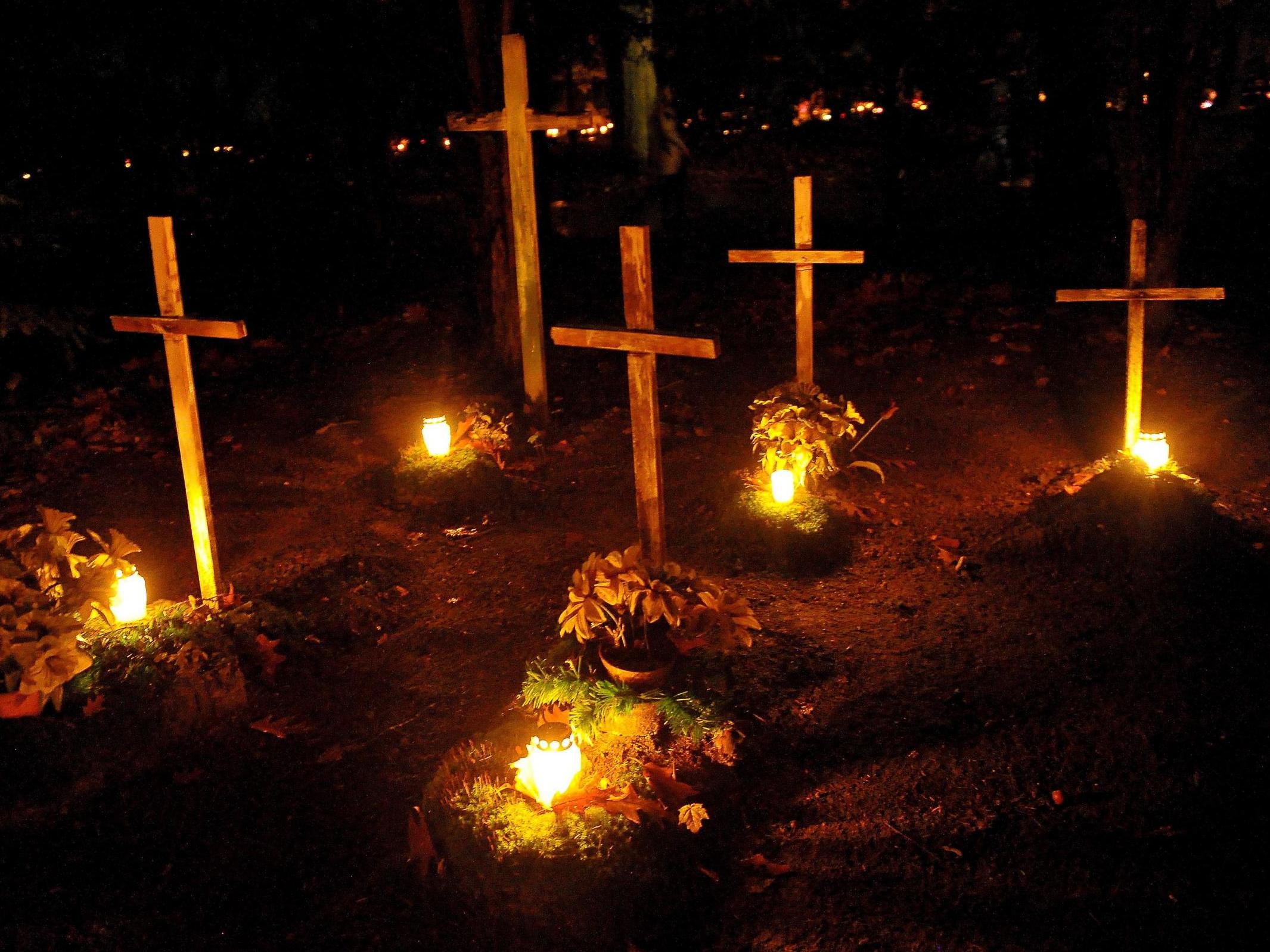All Saints’ Day 2023: What is the Christian festival of remembrance that follows Halloween?
Date to honour the dead can be traced back to Europe's pagan tribes

Everybody knows the customs associated with Halloween, but what about the day after?
All Saints’ Day – also known as All Hallows’ Day or Hallowmas, “hallow” meaning “holy” – is observed by Roman Catholics and most Protestant denominations on 1 November and prompts Christians around the world to reflect on the lives of saints and martyrs throughout the ages.
“We celebrate today the solemnity of All Saints. This invites us to turn our gaze to the immense multitude of those who have already reached the blessed land and points us on the path that will lead us to that destination,” Pope John Paul II reminded Catholics in 2003.
Pope Boniface IV inaugurated the original Feast of All Holy Martyrs on 13 May 609 AD when he consecrated the Pantheon in Rome in honour of the Virgin Mary, stripping out the statues of Roman deities like Jupiter to honour the Christians persecuted by the empire.
The festival of remembrance was marked on that date by worshippers for more than 120 years until Pope Gregory III revised it with the founding of an oratory at St Peter’s Basilica at the Vatican to house the relics “of the holy apostles and of all saints, martyrs and confessors, of all the just made perfect who are at rest throughout the world”. The day was renamed the Feast of All Saints and its date changed to 1 November.
All Souls’ Day follows on 2 November and provides an opportunity for Christians to commemorate their fellow departed faithful, not just those designated saints, and to pray for souls in Purgatory.
An explanation for the significance of 1 November traces the date to the pagan Feast of the Lemures, a Roman rite in which beans were offered to appease the malevolent spirits of the dead, thrown over the shoulder by the barefoot head of a family to protect their loved ones, a ritual described by Ovid. As the month of May played host to this exorcism, it was considered an unlucky month in which to wed.
James Frazer, author of The Golden Bough (1890), noted 1 November also coincides with the Celtic harvest festival of Samhain.
A moment in which visitors from another world could more easily cross into ours, according to Gaelic custom, the season was associated with the dead by the ancient Celts, who would leave out offerings of food to appease the Aos Si - evil fairies or sprites - in the hope of safeguarding their infants and livestock.
The Halloween-to-All-Souls’ period also takes place alongside Mexico’s colourful Day of the Dead festivities, a moment for parades, costumes and feasting in honour of relatives who have recently passed away.
A time of year loaded with symbolism and significance, All Saints' Day is observed slightly differently around the world but, typically, flowers and wreathes are laid at gravesides and candles lit in memory of lost loved ones.
Join our commenting forum
Join thought-provoking conversations, follow other Independent readers and see their replies
Comments
Bookmark popover
Removed from bookmarks